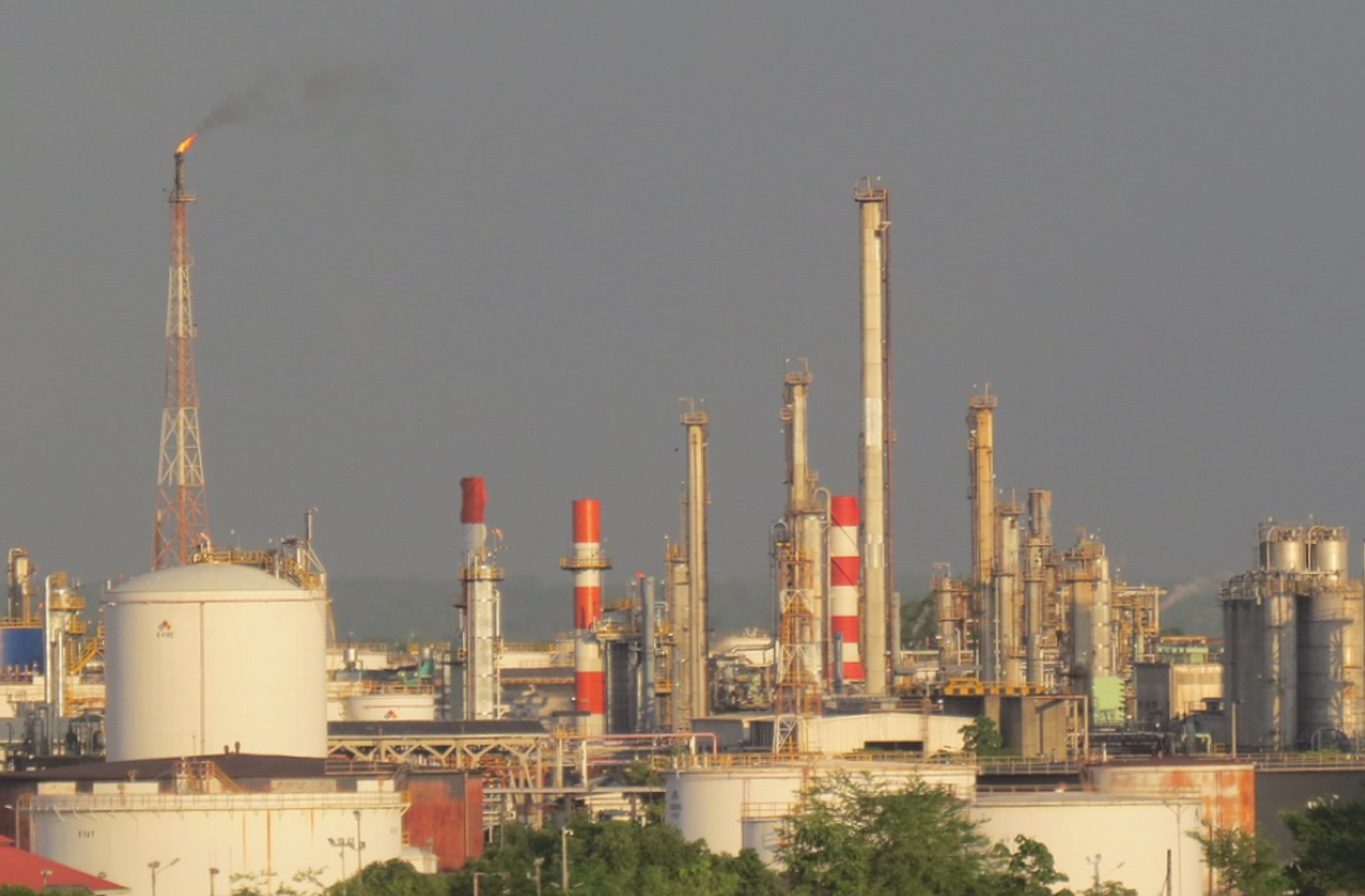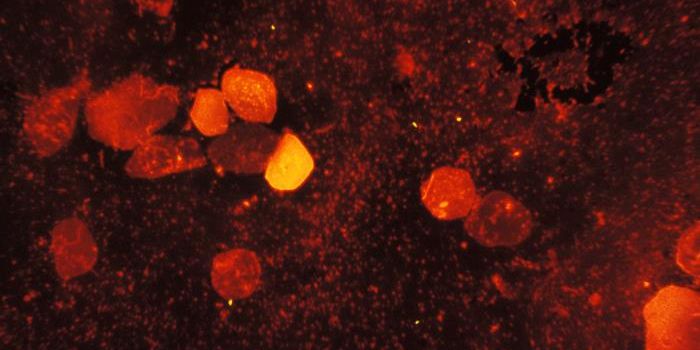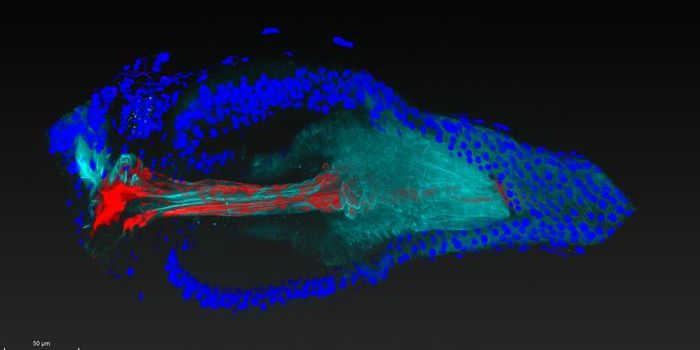Microbes Can Consume Methane to Make Fuel
Methane is a potent greenhouse gas, and atmospheric levels have been steadily increasing. There are germs that consume methane, called methanotrophic bacteria, and they have the potential to be used to convert methane into fuel. Scientists have now identified an enzyme called particulate methane monooxygenase (pMMO) that's crucial to this process, which could help us harness methanotrophic bacteria to use the methane gas we have to make methanol. The findings have been reported in Science.
Senior study author Amy Rosenzweig, the Weinberg Family Distinguished Professor of Life Sciences at Northwestern University, noted that it takes a "remarkable" enzyme to break the strong bond in methane. "If we don't understand exactly how the enzyme performs this difficult chemistry, we're not going to be able to engineer and optimize it for biotechnological applications," added Rosenzweig.
The pMMO enzyme sits in the bacterial cell membrane, which makes it challenging to study. The membrane typically has to be ripped apart with harsh detergents in order to free those proteins so they can be isolated and studied. However, that process ruins the enzymatic capabilities of the molecule, limiting what can be gleaned from it.
In this work, the researchers tried a new approach. Instead of isolating the enzyme, they placed it into a particle called a nanodisc, made from bacterial lipids like a membrane.
The native environment was mimicked by the nanodisc, enabling the researchers to restore enzymatic activity, noted first study author and graduate student Christopher Koo. The team used cryo-electron microscopy to visualize the enzyme's action at atomic-level resolution. "In doing so, we discovered the full arrangement of the copper site in the enzyme where methane oxidation likely occurs," said Koo.
The results of this work "completely changed the way we were thinking about the active site of this enzyme," Rosenzweig said.
Now there are new questions, like how methane gets to the active site of the enzyme, and how methanol departs. There is more to learn about the process, but the team plans to continue this work with another imaging tool called cryo-electron tomography.
With additional data, researchers may be able to utilize the enzyme in biomanufacturing, to clean oil pollution, or harvest methane that is now emitted from fracking sites, noted Rosenzweig.
Sources: Northwestern University, Science









